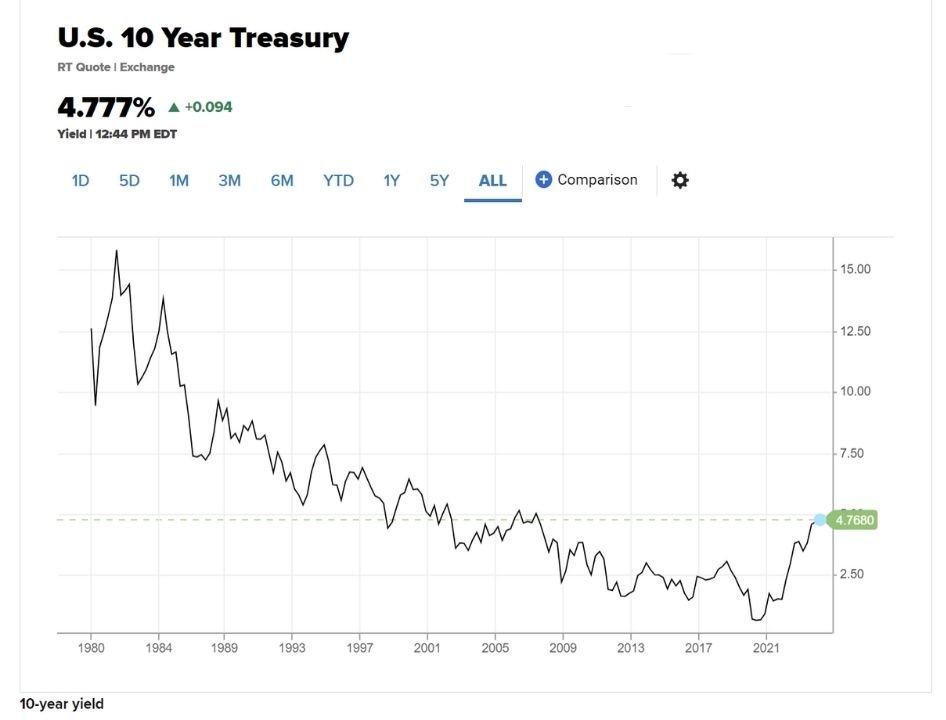The bond market is sounding alarm bells about the economic outlook. The yield on the 2-year Treasury briefly exceeded the 10-year yield this week for the first time since 2019. Known as a yield curve inversion, this phenomenon historically signals a recession could be on the horizon.
While not a guarantee, yield curve inversions have preceded every recession over the past 50 years. Here is what is happening in the bond market and what it could mean for investors.
Why Did Yields Invert?
Yields on short-term bonds like 2-year Treasuries tend to track the Federal Reserve’s policy rate. With the Fed aggressively hiking rates to combat inflation, short-term yields have been rising quickly.
Meanwhile, long-term yields like the 10-year are influenced by investors’ growth and inflation expectations. As optimism over the economy’s trajectory wanes, investors have been driving down long-term yields.
This dynamic inversion, where short-term rates exceed longer-duration ones, reflects mounting concerns that the Fed’s rate hikes will severely slow economic activity. Markets increasingly fear rates may cause a hard landing into recession.

Growth and Inflation Concerns Intensify
The yield curve has flashed the most negative signal since the lead up to the pandemic recession. This suggests investors see a lack of catalysts for growth on the horizon even as inflation remains stubbornly high.
Ongoing supply chain problems, the war in Ukraine putting pressure on food and energy prices, and fears of a housing market slowdown are all weighing on outlooks. There is a sense the Fed lacks effective tools to bring down inflation without crushing the economy.
Meanwhile, key economic indicators like manufacturing surveys have weakened significantly. This points to activity already slowing ahead of when rate hikes would take full effect.
Implications for Investors
The risks of a recession are rising. Yield curve inversions have foreshadowed every recession since the 1950s. However, they have also sometimes occurred 1-2 years before downturns start.
This suggests investors should prepare for choppiness, but not panic. Rotating toward more defensive stocks like healthcare and consumer staples can help portfolios better weather volatility. At the same time, cyclical sectors like tech and industrials could face more pressure.
In fixed income, short-term bonds may offer opportunities as the Fed potentially cuts rates during a downturn. But credit-sensitive sectors like high-yield bonds and leveraged loans could struggle if defaults rise.
While uncertainty abounds, the inverted yield curve highlights the delicate balancing act ahead for the Fed and concerns over still-high inflation. Investors will be closely watching upcoming data for signs of how quickly the economy is slowing. For now, caution and safe-haven assets look to be in favor as recession worries cast a long shadow.
